Prices in AUD. Shipping worldwide. Flat rate $8 postage per order within Australia. International by weight calculated at checkout. Read full terms.
-
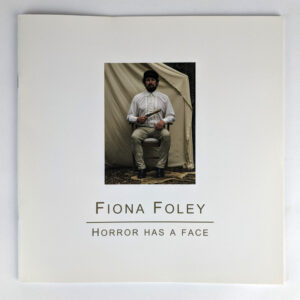
Horror Has A Face
AU$10.00 Read MoreAdd to cartFiona Foley
Brisbane: Andrew Baker Art Dealer, 2017. -
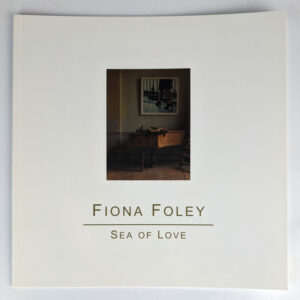
Sea of Love
AU$10.00 Read MoreAdd to cartFiona Foley
Brisbane: Andrew Baker Art Dealer, 2008. -
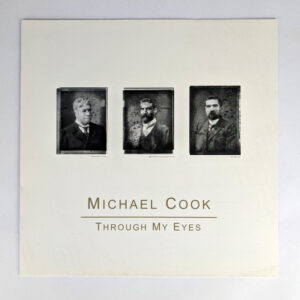
Through My Eyes
AU$10.00 Read MoreAdd to cartMichael Cook
Brisbane: Andrew Baker Art Dealer, [2010].Catalogue for Michael Cook’s first solo show, being portraits of Australian Prime Ministers as Indigenous people.
-
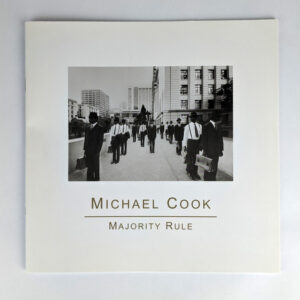
Majority Rule
AU$10.00 Read MoreAdd to cartMichael Cook
Brisbane: Andrew Baker Art Dealer, 2014. -
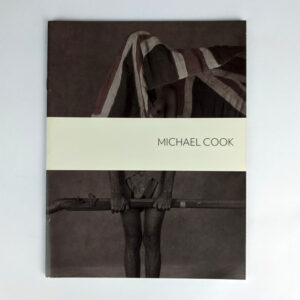
Michael Cook
AU$10.00 Read MoreAdd to cartMichael Cook
Brisbane: Andrew Baker Art Dealer, [2014].Catalogue showing Cook’s work between 2010 and 2014, being the Majority Rule, The Mission, Civilised, Broken Dreams, and Undiscovered series.
-
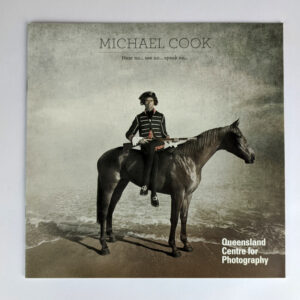
Hear no… see no… speak no…
AU$10.00 Read MoreAdd to cartMichael Cook
Brisbane and Sydney: Queensland Centre for Photography / The Depot Gallery, 2013.Exhibition catalogue from Cook’s 2013 exhibition hosted by the Queensland Centre for Photography at The Depot Gallery, Sydney. Presents work from four of Cook’s series: Through My Eyes, Broken Dreams, Undiscovered, and Civilised.
-
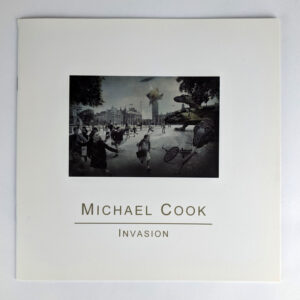
Invasion
AU$10.00 Read MoreAdd to cartMichael Cook
Brisbane: Andrew Baker Art Dealer, 2018.Exhibition catalogue. “Invasion places an imaginative eye in Australian colonial history and turns around the dominant view, taking alien creatures into iconic London-based cityscapes, with white urban residents their victims.” (artist’s statement)
-
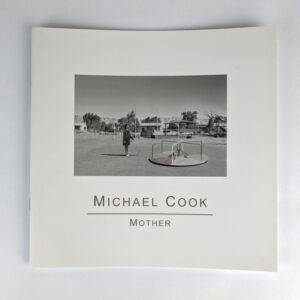
Mother
AU$10.00 Read MoreAdd to cartMichael Cook
Brisbane: Andrew Baker Art Dealer, 2016.Catalogue of 13 images of a woman in a deserted rural Australia.
-
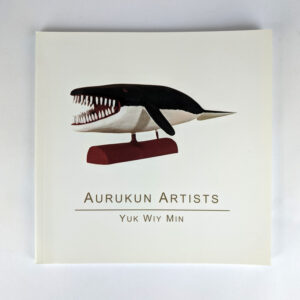
Yuk Wiy Min
AU$10.00 Read MoreAdd to cartAurukun Artists
Brisbane: Andrew Baker Art Dealer, 2009. -
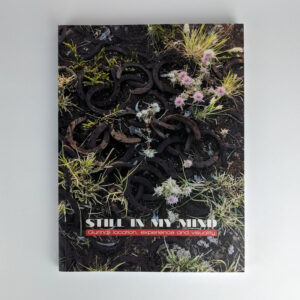
Still In My Mind: Gurindji Location, Experience and Visuality
AU$50.00 Read MoreAdd to cartBrenda L. Croft; Penny Smith; Felicity Meakins
Brisbane: University of Queensland Art Museum, 2017.Foreword by Felicity Fenner and Campbell Gray.
-
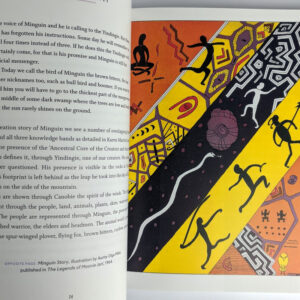
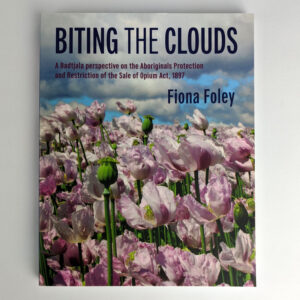
Biting The Clouds: A Badtjala Perspective on the Aboriginals Protection and Restriction of the Sale of Opium Act, 1897
AU$35.00 Read MoreAdd to cartFiona Foley
Brisbane: University of Queensland Press, 2020.“In this groundbreaking work of Indigenous scholarship, nationally renowned visual artist Fiona Foley addresses the inherent silences, errors and injustices from the perspective of her people, the Badtjala of K’gari (Fraser Island). She shines a critical light on the little-known colonial-era practice of paying Indigenous workers in opium and the ‘solution’ of then displacing them to K’gari. Biting the Clouds – a euphemism for being stoned on opium – combines historical, personal and cultural imagery to reclaim the Badtjala story from the colonisation narrative. Full-colour images of Foley’s artwork add further impact to this important examination of Australian history.” (publisher’s blurb)
-
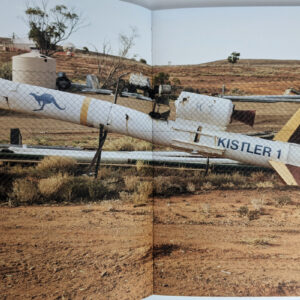
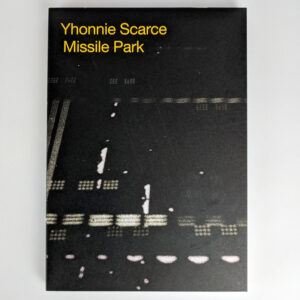
Missile Park
AU$25.00 Read MoreAdd to cartYhonnie Scarce
Brisbane: Institute of Modern Art, 2021.“Yhonnie Scarce: Missile Park is the first survey exhibition of leading contemporary artist Yhonnie Scarce, and brings a major new commission into dialogue with work that spans the past fifteen years of the artist’s career. Scarce’s works in this survey reference the on-going effects of colonisation on Aboriginal people, responding to research into the impact of nuclear testing and the removal and relocation of Aboriginal people from their homelands and the forcible removal of Aboriginal children from their families. Born in Woomera, South Australia in 1973, Scarce belongs to the Kokatha and Nukunu peoples, and family history is central to Scarce’s works in this show. This survey also includes major works that engage with the disciplinary forms of colonial institutions and representation-religion, ethnography, medical science, museology, taxonomy-as well as monumental and memorial forms of public art and remembrance.” (publisher’s blurb)
-
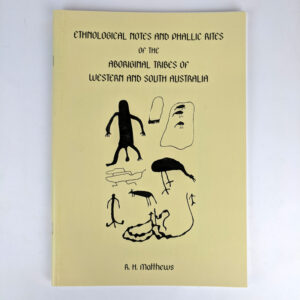
Ethnological Notes and Phallic Rites of the Aboriginal Tribes of Western and South Australia
AU$40.00 Read MoreAdd to cartR. H. Matthews
Perth: Hesperian Press, 2020. -
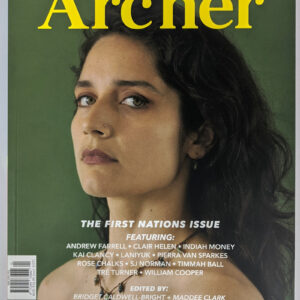
Archer Magazine 13: The First Nations Issue
AU$17.00 Read MoreAdd to cartBridget Caldwell-Bright; Maddee Clark
Melbourne: Archer Magazine, 2020.“Archer Magazine is an award-winning print publication about sexuality, gender and identity. It is published twice-yearly in Melbourne, Australia, with a focus on lesser-heard voices and the uniqueness of our experiences. This issue features words by Andrew Farrell, Indiah Money, Kai Clancy, Laniyuk, Rose Chalks, SJ Norman, Timmah Ball, Tre Turner, William Cooper; and images by Moorina Bonini, William Cooper, Ebony Daniels, Edwina Green, Morgan Hickinbotham, Jacinta Keefe, Hailey Harper Moroney, SJ Norman, Bodie Strain, Pierra Van Sparkes, and Toz Withall.”
-
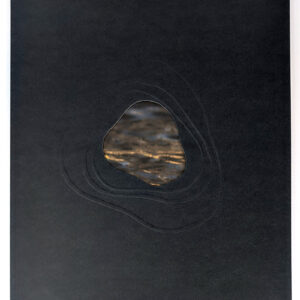
long water: fibre stories
AU$30.00 Read MoreAdd to cartFreja Carmichael
Brisbane: Institute of Modern Art, 2020.“long water: fibre stories illuminates spiritual, ancestral, and physical connections to water through fibre practices of artists from Yuwaalaraay (North West NSW), Quandamooka (Moreton Bay, South East QLD), Kuku Yalanji (Far North QLD), Zenadh Kes (Torres Strait Islands, QLD), Yurruwi (Milingimbi Island, NT), and surrounding homelands. Together this group–Aboriginal and Torres Strait Islander women, spanning different generations and ancestries–share an inseparable relationship to water, be it the vast sea, inland waterways, or expansive river systems. Collectively, long water celebrates the stories of regeneration and continuation of important cultural traditions, and the strong women and vital water places that sustain them. The country, and wide range of environments, practices, and knowledge represented speak to both deep time and contemporary experiences–bringing into focus the importance of water to our cultural health and our capacity for resilience.” (publisher’s blurb)
-
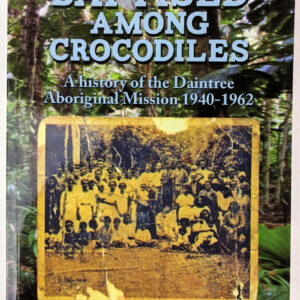
Baptised Among Crocodiles: A History of the Daintree Aboriginal Mission, 1940-1962
AU$30.00 Read MoreAdd to cartRussell Guy
Brisbane: Boolarong Press, 2015.“Sometime around 1930, an Irish pentecostal missionary, Isobella Hetherington arrived at Mossman in Far North Queensland. She was accompanied by an Aboriginal woman named Nellie who was a talented vocalist. Together they began ministering to the Kuku Yulanji Aboriginal people who had been forced to gather in small groups throughout the Daintree Rainforest. Ten years later, a Mission was built on land purchased by the Assembly of God (Qld) beside the Daintree River and 50 to 70 people moved there. For the next 20 years, they grew bananas and pineapples, built homes and struggled with a government policy that controlled most aspects of their lives. This is the story of how, in a rapidly changing world, the Kuku Yulanji and the Missionaries sought to understand each other at a time before Reconciliation became a national objective.” (publisher’s blurb)
-
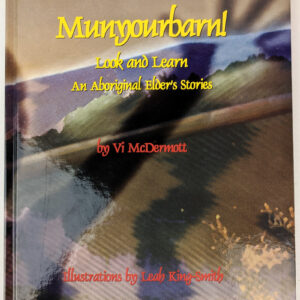
Munyourbarn! Look and Learn: An Aboriginal Elder’s Stories
AU$20.00 Read MoreAdd to cartVi McDermott
Gold Coast: Keeaira Press, 2007.Children’s short stories from the life of Aboriginal Elder Aunty Vi.
-
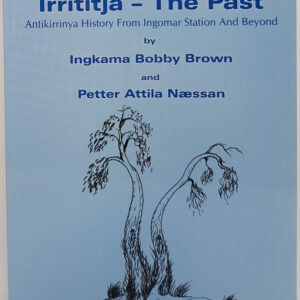
Irrititja – The Past: Antikirrinya History from Ingomar Station and Beyond
AU$25.00 Read MoreAdd to cartIngkama Bobby Brown; Petter Attila Naessan
Gold Coast: Keeaira Press, 2012.Simplified writing of Pitjantjatjara/Yankunytjatjar language together with eco-history and Antikirrinya oral history of Ingkama (Ingomar Station) and surrounding areas of South Australia.
-
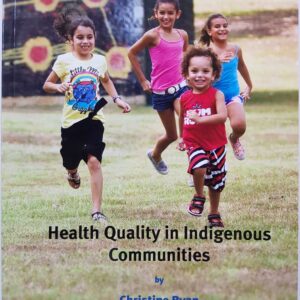
Health Quality in Indigenous Communities: A Culturally Secure Quality Framework for Aboriginal and Torres Strait Islander Health Services
AU$15.00 Read MoreAdd to cartChristine Ryan
Gold Coast: Keeaira Press, 2010. -
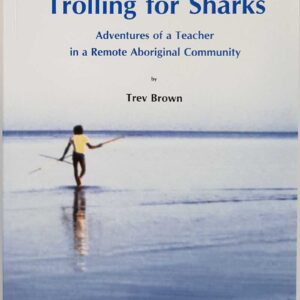
Trolling for Sharks: Adventures of a Teacher in a Remote Aboriginal Community
AU$20.00 Read MoreAdd to cartTrev Brown
Gold Coast: Keeaira Press, 2005.“This collection of short stories tell of Trev Brown’s time as a teacher at the Angurugu School on Groote Eylandt in the Gulf of Carpentaria. Being a manual arts teacher Trev put his practical skills to good use. Even if you are not interested in things mechanical it is impossible to put the book down until you find out what happens to the outboard engine that he finds at the bottom of a river and struggles to get going. He tells of rebuilding boats and cars, modifications to his house, rivets falling from airplanes, Friday nights at the Bartalumba Bay Fishermen’s Club and water-skiing in shark and crocodile-infested waters. Even the time he spent in the classroom had its share of excitement. Like the time an upset student arrived at school with his father’s spears and a few ended up through the school doors. Another time parents had to scare off crocodiles and sharks from the nearby river so a swimming carnival could be held, as the residents of the nearby mining town did not want Aborigines using the local swimming pool. Trevs skillful writing keeps the reader amused as you discover how exciting a schoolteacher’s life can be.” (publisher’s blurb)
